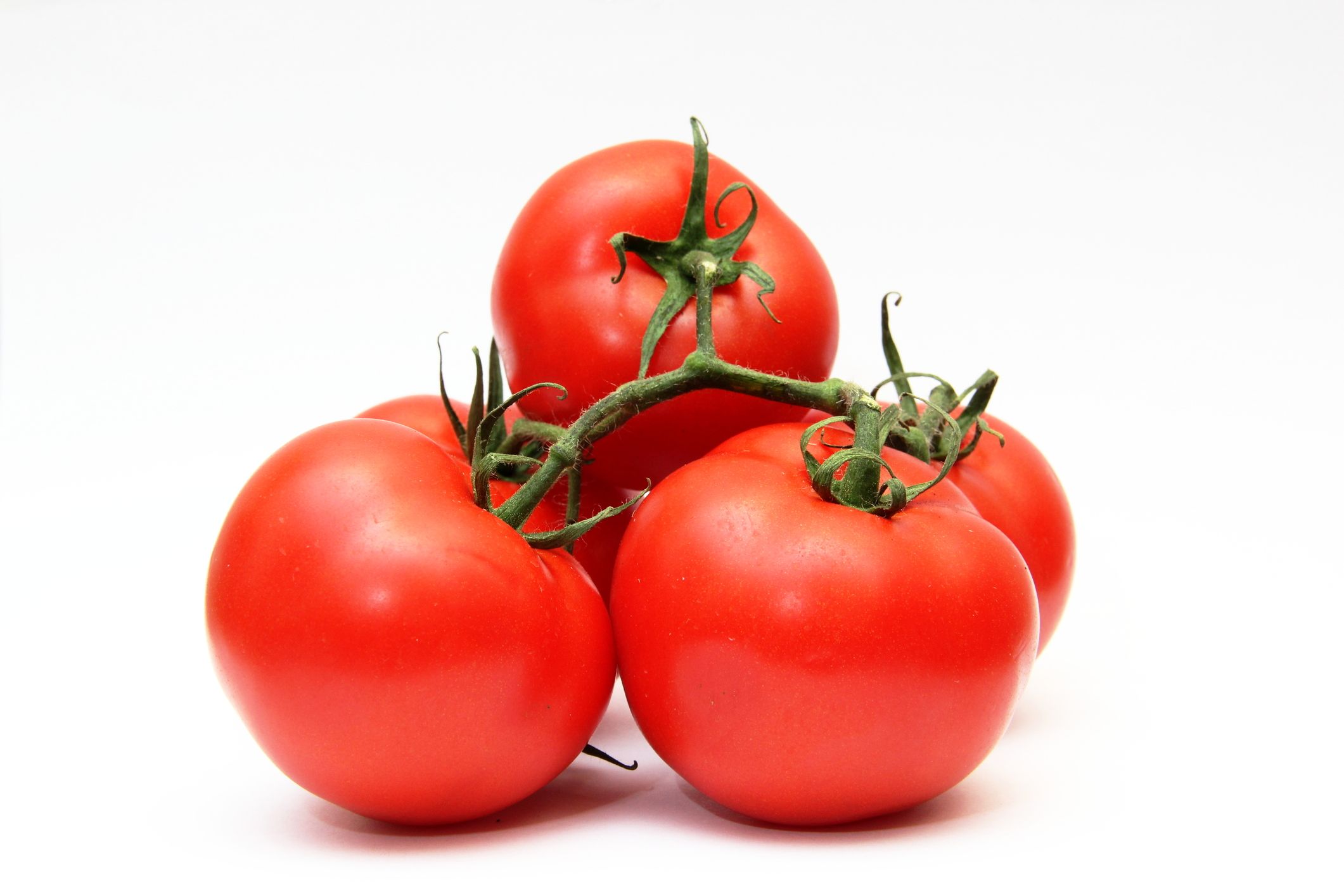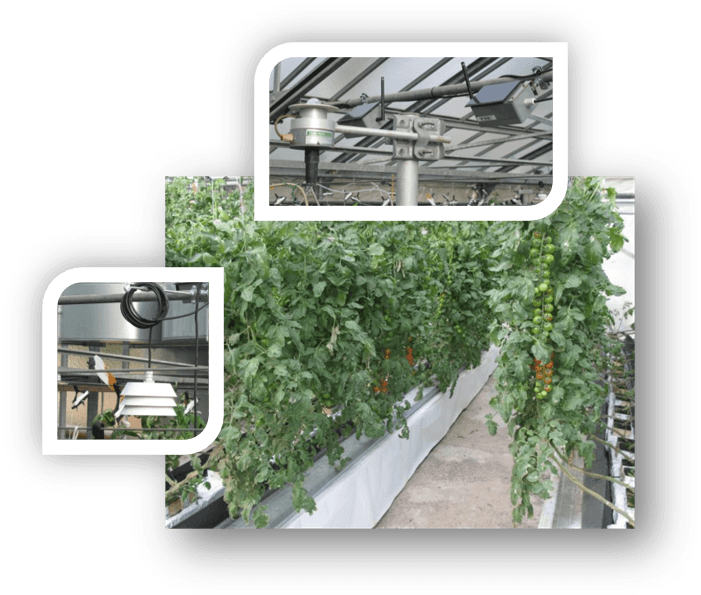Realization of a tool dedicated to monitoring the environmental conditions of the greenhouse (Ta, RH, RS, ...), capable of giving indications on the phenological development and on the growth of some tomato cultivars, in order to estimate their needs, consumption and production.


MOSAIC-3P is an innovative system that allows capillary monitoring of microclimatic conditions both inside and outside of greenhouses, all with reduced costs and ease of installation and management. The system is based on a wireless sensor network (WSN), of which it uses the data sent for the processing of agro-meteorological models.
The data flow can be divided into four mean steps:
- Data acquisition: the sensor nodes acquire the weather data necessary for the elaboration of the models (e.g. temperature and humidity of the air and soil, solar radiation, etc.);
- Transmission: the sensor nodes transmit the collected data to the coordinator node (sink) which stores them locally and, simultaneously, transmits them in real time, via GPRS, to a remote server;
- Validation: the remote server checks, processes and saves the data received in the database (thus also creating a historical data archive);
- Processing: the agro-meteorological analysis models process the data received from the network by integrating them both with the forecast data provided by external sources (e.g. weather forecast sites or forecast centers) and with those provided by users of the system.
The end user signs in to the website relating to his installation and displays, in real time, the data, the results of the models and other useful information which are presented in an intuitive graphic form on the pages of the site.
The MOSAIC-3P system is also able to manage an elaborate alarm system that warns the user via e-mail or SMS of the most important phenomena allowing him to make decisions quickly and encourage the best actions to be performed.
The MOSAIC-3P system supports agricultural operators by allowing:
- Check at any time and from any place the microclimatic conditions present in the greenhouse and the presence of alarms;
- Reduce management costs and production risks, due both to environmental factors (for example over and under heating) and to the onset of diseases and pests;
- Improve the profitability of the crop, evaluating the productive effect of certain agronomic practices (e.g. heating, cooling), thanks to the simulation of the development of the crop (nodes, LAI and production) on the basis of microclimatic data;
- Reduce the environmental impact, limiting the number and intensity of treatments with pesticides and limiting their use only to periods of real need and greater effectiveness;
- Improve the efficiency of use of water and fertilizers thanks to the simulation of the water and nutrient requirements of the crop based on its development;
- Record in the farm register, integrated in the system, the main information relating to interventions on field through a simple web interface;
- Remotely check the component state of the monitoring network and make settings and changes to the configuration parameters of the devices, as well as carry out a series of diagnostic checks